Understanding Teeth Whitening Sensitivity
Teeth whitening, while a popular cosmetic procedure, can sometimes lead to temporary sensitivity and discomfort. This sensitivity, often described as a sharp, shooting pain, is a common side effect experienced by many individuals after undergoing teeth whitening treatments. The level of sensitivity can vary widely, ranging from mild twinges to more intense pain that can interfere with daily activities. Understanding the underlying causes of this sensitivity is the first step in managing and mitigating the discomfort. Several factors contribute to the development of sensitivity, including the type of whitening agent used, the concentration of the active ingredients, and the individual’s existing oral health conditions. In most cases, the sensitivity is transient and resolves within a few days or weeks after the whitening treatment is completed. However, knowing what to expect and how to address it can significantly improve the overall experience and ensure a more comfortable outcome. This guide will explore the common causes of teeth whitening pain and provide practical solutions for relief.
Causes of Teeth Whitening Pain
The pain experienced after teeth whitening arises from a variety of factors. The primary culprit is the active ingredient in most whitening products – hydrogen peroxide or carbamide peroxide. These chemicals penetrate the enamel and dentin, breaking down stains and discoloration. This process, however, can also irritate the nerves within the teeth, leading to sensitivity. Other contributing factors include pre-existing dental conditions and the specific techniques used during the whitening process. It’s important to identify the specific cause to effectively manage the discomfort and implement appropriate remedies. Understanding the mechanics behind the pain provides a foundation for informed decision-making and proactive care. By addressing the root causes, individuals can minimize the likelihood and severity of sensitivity, thus enhancing their overall experience with teeth whitening.
Sensitivity to Peroxide
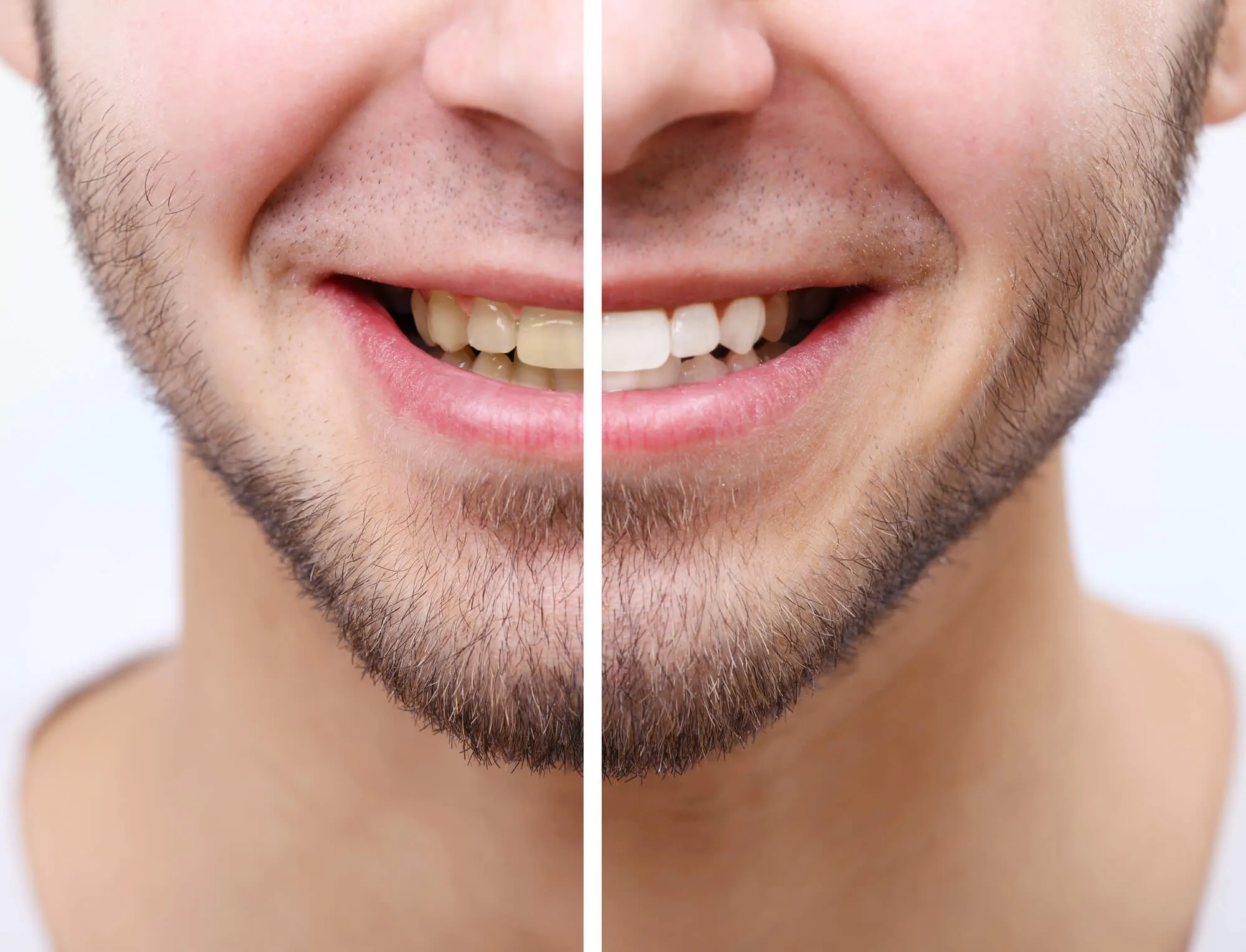
Hydrogen peroxide and carbamide peroxide are the primary agents responsible for whitening teeth. These compounds work by releasing oxygen molecules that interact with the stained organic molecules within the tooth, breaking them down and removing discoloration. However, these same oxygen molecules can also pass through the enamel and dentin, reaching the nerves inside the teeth. This process stimulates the nerves, causing a sharp, often transient, pain. The higher the concentration of peroxide in the whitening product, the greater the potential for sensitivity. Professional whitening treatments, which often use higher concentrations, tend to cause more sensitivity than over-the-counter products. The duration and intensity of the sensitivity also depend on how deeply the peroxide penetrates the tooth structure and the individual’s natural tooth characteristics.
Gum Irritation
In addition to tooth sensitivity, gum irritation is another common side effect of teeth whitening. During the whitening process, the bleaching agent can come into contact with the soft tissues of the gums, causing inflammation and irritation. This irritation can manifest as redness, swelling, and soreness. In some cases, especially with improperly fitted trays or products applied incorrectly, the bleaching agent can leak onto the gums and cause a chemical burn. The severity of gum irritation can vary depending on the concentration of the whitening agent, the duration of exposure, and the individual’s sensitivity. Using products as directed and ensuring proper application techniques are essential to minimizing gum irritation and promoting comfort. If irritation persists or worsens, it is important to consult with a dental professional for guidance and treatment.
Pre-Existing Dental Issues
Individuals with pre-existing dental conditions, such as cavities, cracks, or receding gums, may experience increased sensitivity after teeth whitening. These conditions can expose the dentin, the layer of the tooth beneath the enamel, to the whitening agents. Dentin contains tubules that lead directly to the nerve of the tooth, making it more susceptible to irritation. Similarly, those with gum recession may have exposed root surfaces, which are not protected by enamel and are therefore more sensitive. Before undergoing teeth whitening, it is crucial to have any dental issues addressed by a dentist. Repairing cavities, treating gum disease, and using desensitizing treatments can significantly reduce the likelihood and severity of post-whitening sensitivity. A thorough dental examination is essential to ensure that teeth whitening is a safe and appropriate option.
How to Alleviate Pain After Whitening

There are several effective methods to alleviate pain and sensitivity after teeth whitening. Many of these strategies focus on reducing nerve irritation and promoting the healing of sensitive tissues. Implementing these techniques can significantly improve comfort and allow individuals to enjoy the benefits of their whitening treatment with minimal discomfort. The key is to act promptly, use a combination of methods, and consult with a dental professional if the pain is severe or persistent. From readily available over-the-counter remedies to professional dental treatments, various options can address the pain and sensitivity. This section explores practical and proven approaches to provide relief and restore oral comfort. Remember, it is always best to consult your dentist.
Over-the-Counter Pain Relief
Over-the-counter pain relievers can provide effective relief from teeth whitening sensitivity. Analgesics such as ibuprofen (Advil, Motrin) or acetaminophen (Tylenol) can help reduce pain and inflammation. Following the product’s dosage instructions is essential to avoid any potential side effects. Nonsteroidal anti-inflammatory drugs (NSAIDs), like ibuprofen, also help reduce inflammation, which is beneficial if gum irritation is present. Another option is to use a desensitizing toothpaste containing potassium nitrate. Potassium nitrate works by blocking the pain signals from the nerves in the teeth. It’s important to start using this toothpaste a couple of weeks before whitening your teeth for preventative measures. Using a soft-bristled toothbrush will also prevent further irritation. When using these pain relievers, it’s important to follow the instructions and consult a healthcare provider if you have any underlying medical conditions or are taking other medications.
Using Sensitivity Toothpaste
Sensitivity toothpaste can be a valuable tool in managing and alleviating teeth whitening pain. These toothpastes typically contain ingredients like potassium nitrate or stannous fluoride, which help to block the tubules in the dentin, reducing nerve irritation. Using sensitivity toothpaste for a few weeks before teeth whitening can help to desensitize the teeth proactively. Continue using the toothpaste during and after the whitening treatment for optimal results. When brushing, be gentle and use a soft-bristled toothbrush to avoid further irritating the gums or sensitive areas. It’s important to be patient, as it may take several days or even weeks to experience the full benefits of the sensitivity toothpaste. For more severe sensitivity, consider consulting with your dentist. They may recommend a prescription-strength desensitizing toothpaste or other professional treatments.
Dietary Adjustments
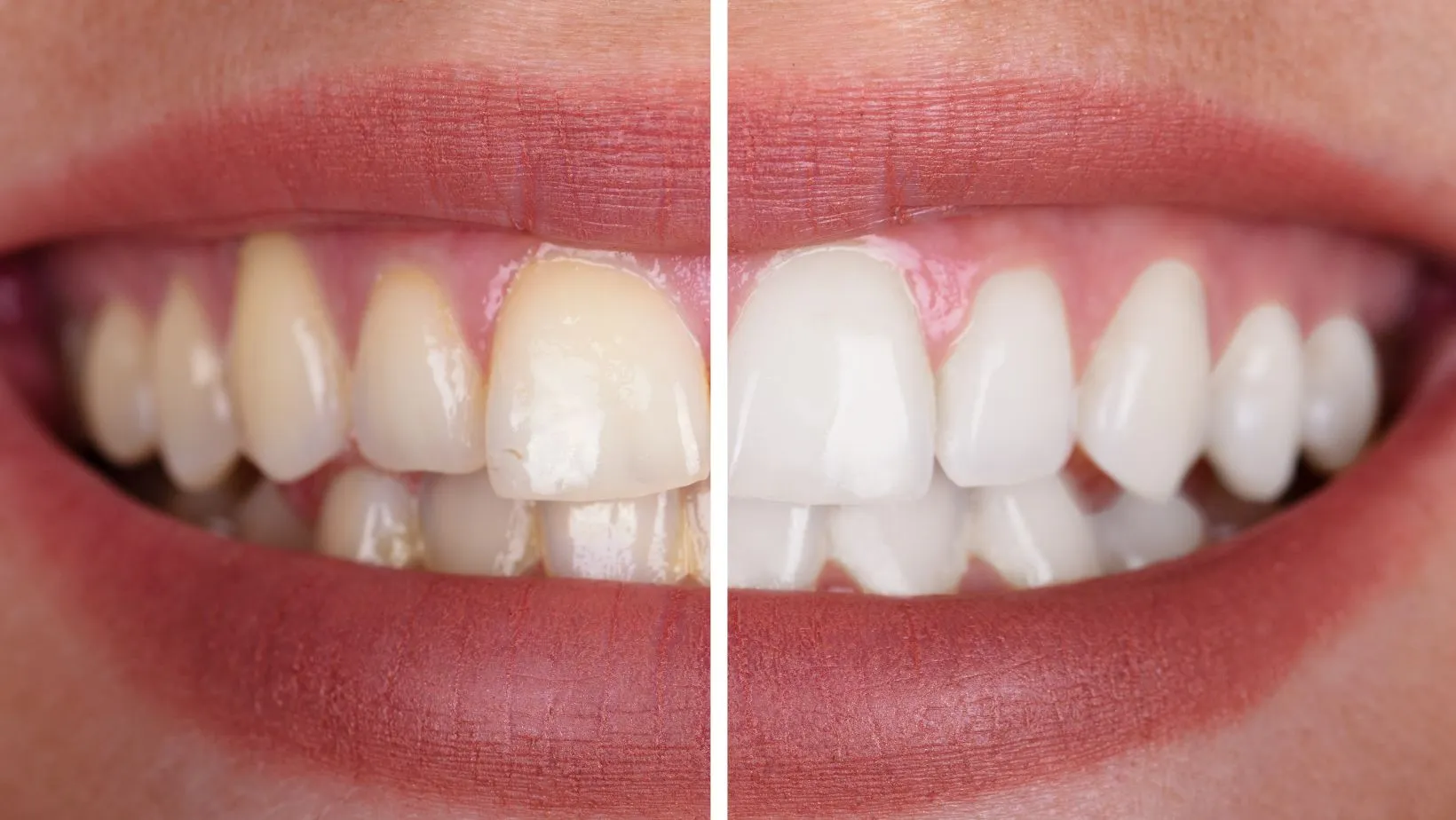
Making dietary adjustments can significantly contribute to reducing discomfort and managing sensitivity following teeth whitening. Certain foods and drinks can exacerbate sensitivity, while others can soothe and provide relief. Being mindful of your food choices and following specific recommendations can help to minimize pain and enhance the overall experience. It is important to know which foods to avoid and which can help. By following these recommendations, you can facilitate the healing process and make the most of your teeth whitening treatment.
What Foods to Avoid
Certain foods and drinks can trigger or worsen tooth sensitivity. It’s important to avoid or minimize these items immediately after whitening to allow your teeth to recover. Highly acidic foods, such as citrus fruits (lemons, oranges, grapefruits), tomatoes, and vinegar-based dressings, can erode the enamel and further irritate the teeth. Cold foods and drinks, like ice cream, cold water, and ice cubes, can also cause sharp pain due to their effect on the nerves. Hot beverages, such as coffee, tea, and hot chocolate, should also be avoided. Additionally, sugary foods and drinks, including candies, sodas, and sugary juices, should be limited because they can increase the risk of tooth decay and further sensitivity. Avoiding these items can significantly help to reduce discomfort and speed up the healing process.
Foods That Can Help
Certain foods can soothe sensitivity and aid in the recovery process after teeth whitening. Opting for bland and neutral foods is often the best approach. Dairy products, such as milk, yogurt, and cheese, are often well-tolerated and can help to remineralize the enamel. Soft foods like bananas, cooked vegetables, and mashed potatoes are gentle on sensitive teeth. Avoid extremely hot or cold foods during this period, opting instead for lukewarm options. Ensuring a balanced diet with a variety of nutrients also supports overall oral health and healing. By prioritizing these food choices, you can support the recovery of your teeth and minimize any discomfort experienced.
Professional Dental Care
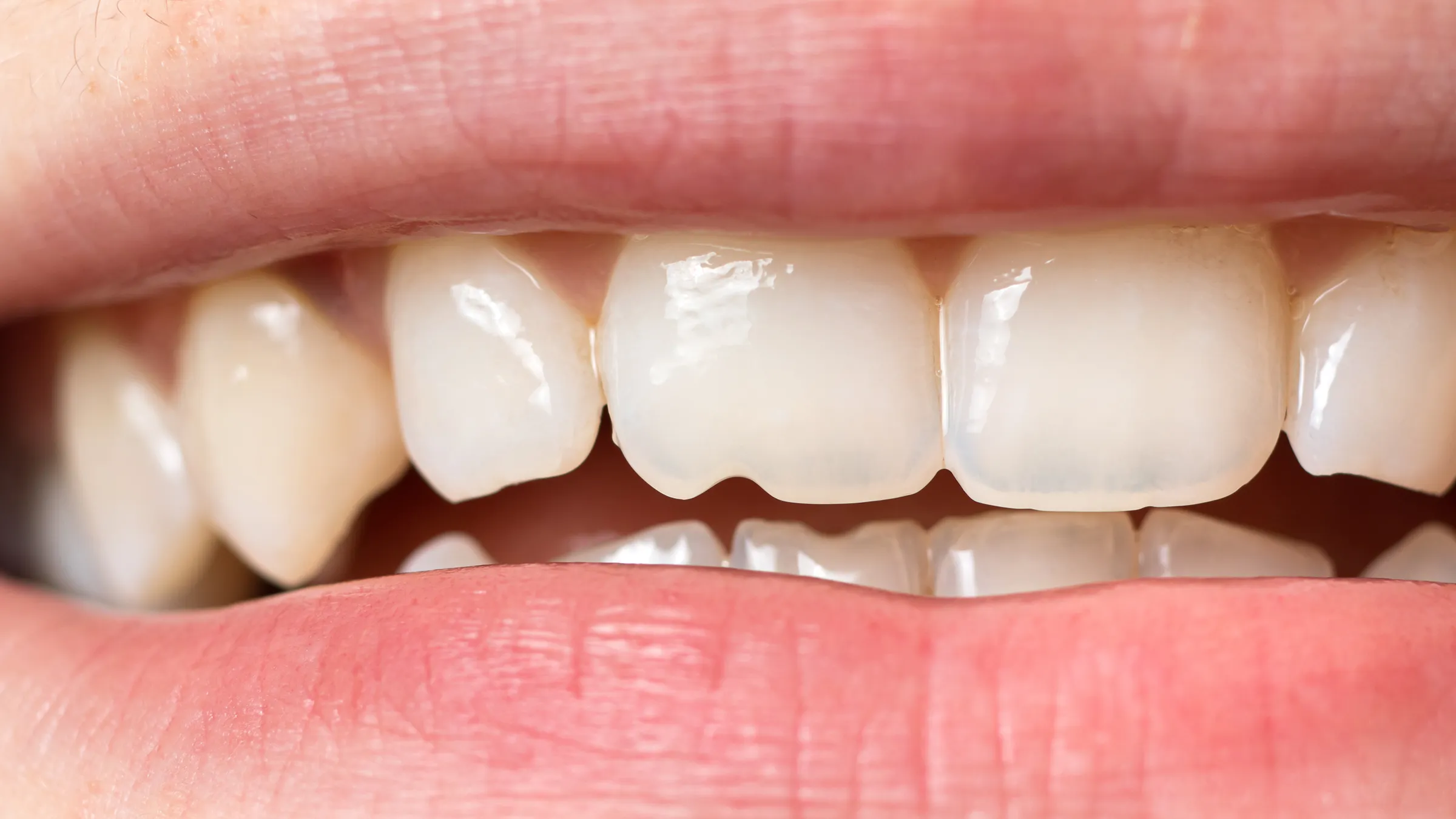
In some cases, professional dental care may be necessary to address and alleviate teeth whitening sensitivity. While over-the-counter remedies and home care methods can often provide adequate relief, severe or persistent pain should prompt a visit to the dentist. Professional treatments can offer more targeted and effective solutions. A dentist can identify the underlying causes of sensitivity, perform more advanced treatments, and provide personalized advice. This ensures that the most appropriate and effective measures are employed to improve oral health. Seeking professional care is essential if home remedies are not providing sufficient relief or if there are underlying dental issues contributing to the discomfort.
When to See a Dentist
It is important to know when to consult a dentist about teeth whitening sensitivity. If the pain is severe, persistent, or interferes with your daily activities, a dental visit is essential. Other signs that warrant professional attention include pain that lasts for more than a week, signs of gum irritation (redness, swelling, bleeding), or the presence of any pre-existing dental problems. If home remedies do not provide adequate relief, or if you have concerns about the effectiveness of the whitening treatment, a dental consultation is recommended. A dentist can assess your oral health, identify any underlying issues, and recommend appropriate treatments. Early intervention can prevent the worsening of problems and ensure the best possible outcome. When in doubt, it is always better to seek professional advice.
Dental Treatments for Sensitivity
Dentists offer several professional treatments to manage teeth whitening sensitivity. These treatments can provide more immediate and lasting relief compared to over-the-counter options. One common treatment involves the application of fluoride varnish to the teeth. Fluoride strengthens the enamel and blocks the tubules, reducing nerve sensitivity. Desensitizing agents, like those containing potassium oxalate, can be applied directly to the teeth to reduce sensitivity. In some cases, the dentist may recommend a custom-fitted tray with a desensitizing agent for at-home use. For individuals with gum recession, the dentist may address the issue with procedures such as gum grafting to cover the exposed root surfaces. Addressing any underlying dental issues, such as cavities or cracks, is also crucial. A dentist can determine the most appropriate treatment plan based on the individual’s needs and the severity of the sensitivity.
Preventing Teeth Whitening Pain
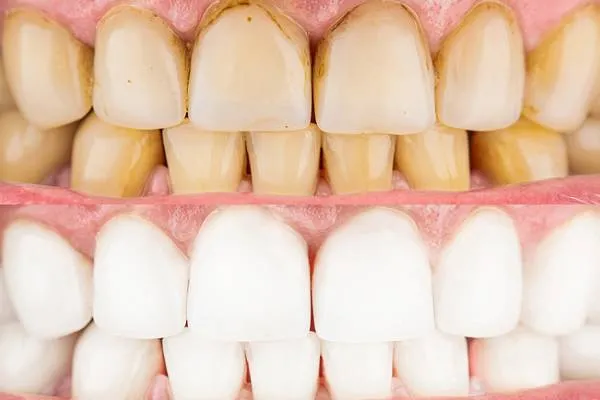
Taking proactive steps can significantly reduce the likelihood of experiencing pain after teeth whitening. Prevention involves careful selection of whitening methods, proper application techniques, and diligent post-whitening care. By adopting these strategies, individuals can enhance their comfort and ensure a smoother, more positive experience. Prevention is often the best medicine. Prioritizing preventative measures can minimize the risk of sensitivity and enhance the overall outcome of teeth whitening treatment. Understanding the best practices for teeth whitening can lead to a more satisfying and pain-free experience.
Choosing the Right Whitening Method
The choice of whitening method can significantly impact the likelihood of experiencing pain. Over-the-counter whitening products, such as strips or toothpastes, typically contain lower concentrations of peroxide compared to professional treatments. This lower concentration can lead to less sensitivity. If you have sensitive teeth, consider starting with a lower-concentration product. Professional whitening treatments performed by a dentist often use higher concentrations of bleaching agents and may cause more sensitivity. However, the dentist can also take preventative measures, such as applying fluoride or desensitizing agents, to minimize discomfort. If you have a history of sensitive teeth, discuss these concerns with your dentist before undergoing any whitening treatment. They can recommend the best option for your individual needs and help you make an informed decision.
Proper Application Techniques
Proper application techniques are crucial to minimizing sensitivity and achieving optimal results. When using over-the-counter whitening products, carefully follow the manufacturer’s instructions. Ensure that the whitening agent comes into contact only with your teeth and avoid contact with your gums. For whitening strips, carefully position the strips on your teeth, avoiding any overlap with the gum line. For tray-based systems, ensure the trays fit correctly and don’t leak the whitening agent onto the gums. If you are undergoing professional whitening, the dentist will use specialized techniques to protect your gums and ensure even application of the whitening agent. Always adhere to the recommended treatment duration, and do not overuse whitening products, as this can increase the risk of sensitivity. By following the instructions and using proper application techniques, you can significantly reduce the chances of experiencing pain and discomfort.
Post-Whitening Care
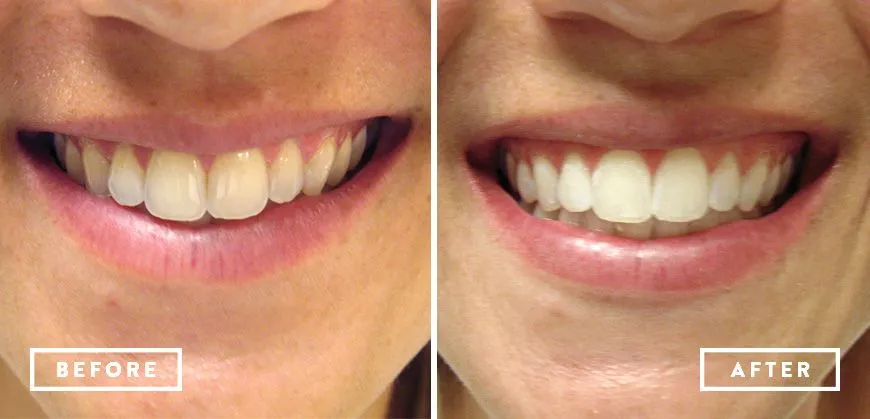
Post-whitening care is essential to minimize sensitivity and maintain the results of your teeth whitening treatment. Following the treatment, avoid highly acidic, very hot, and very cold foods and drinks for a few days. This helps to prevent further irritation and allows your teeth to recover. Use a soft-bristled toothbrush and gentle brushing techniques to avoid abrasion to the enamel. Continue using sensitivity toothpaste as directed to help desensitize your teeth. Consider using fluoride mouthwash to strengthen the enamel and reduce sensitivity. Schedule regular dental checkups and cleanings to maintain your oral health and address any potential issues. Avoiding staining foods and beverages, such as coffee, tea, and red wine, can also help to preserve your white smile. By adhering to proper post-whitening care, you can extend the benefits of your whitening treatment and maintain a healthy and comfortable smile.
